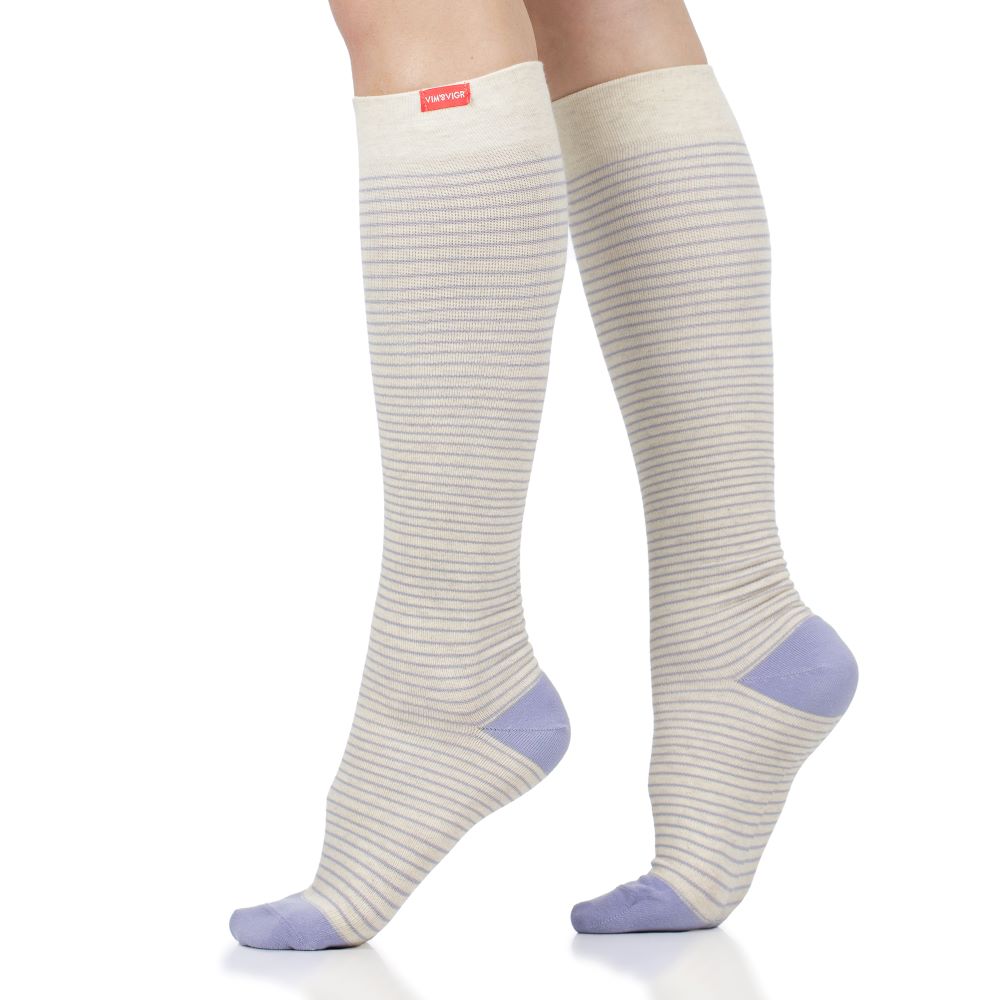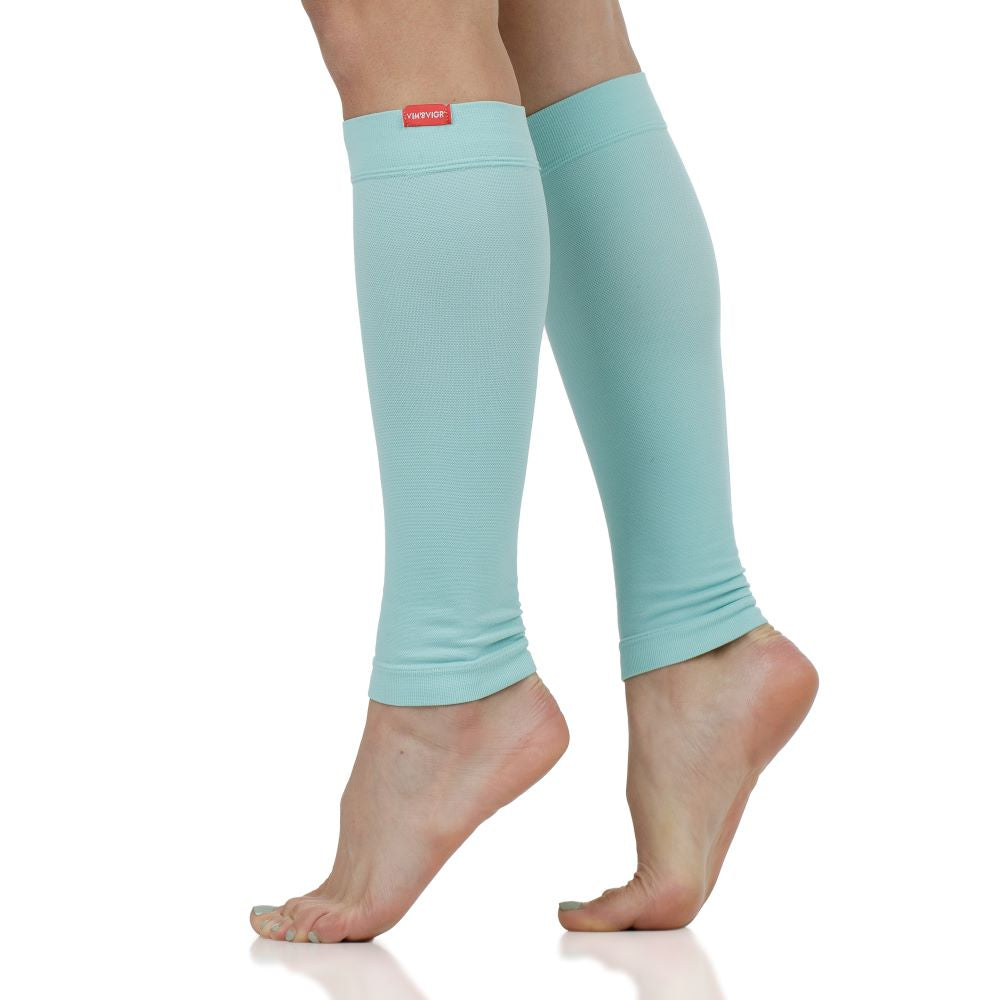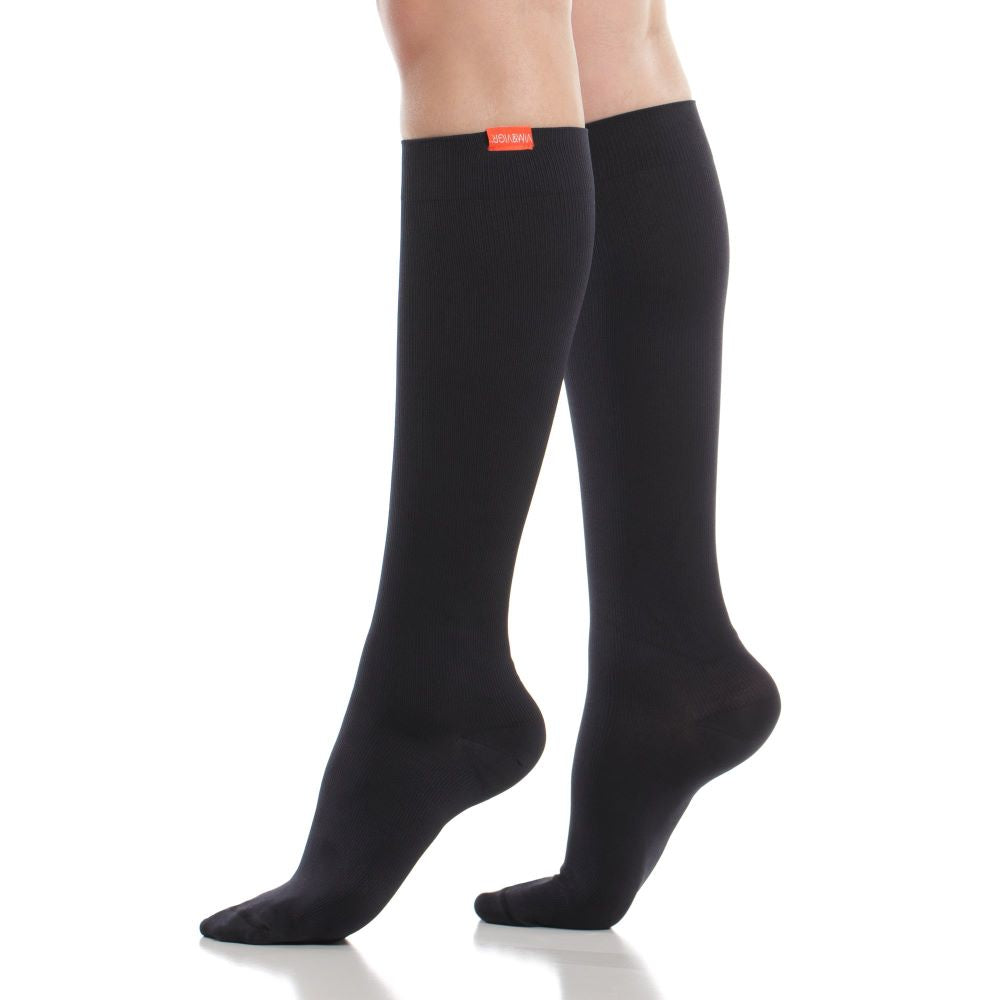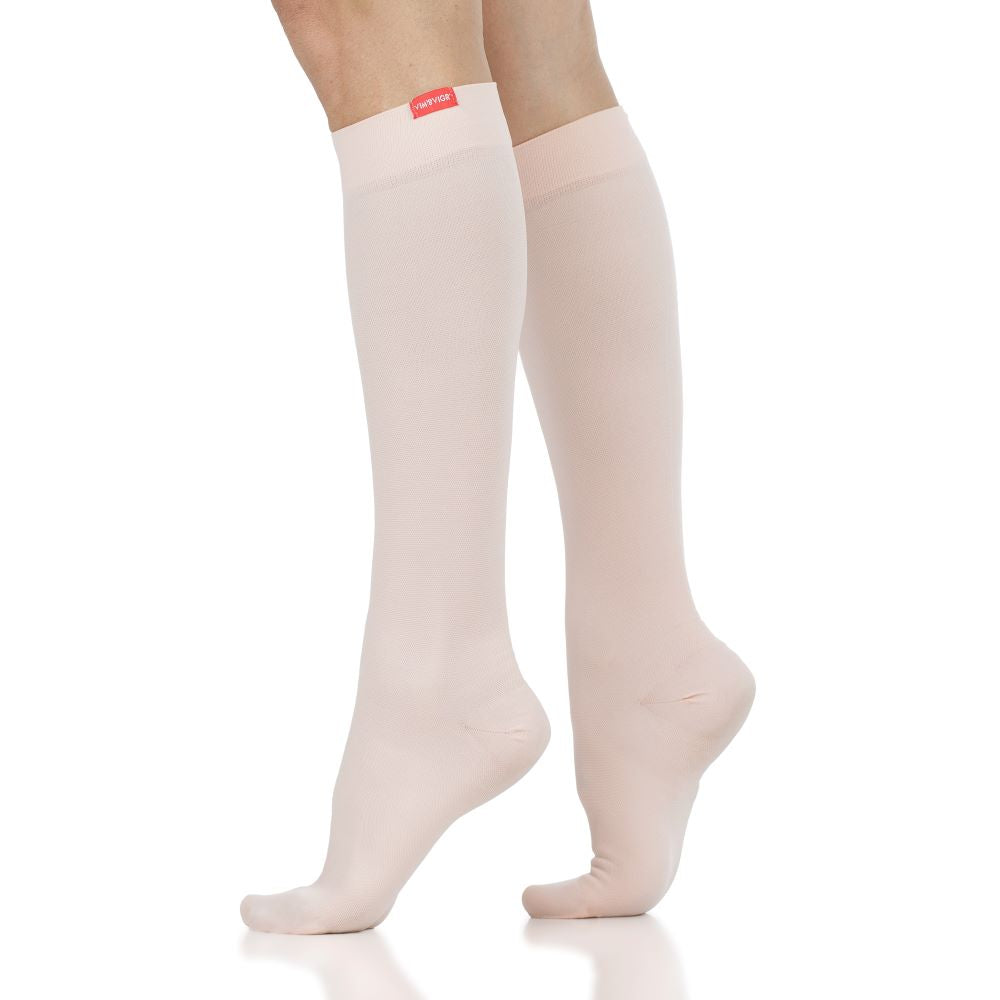Fight Fatigue and Swelling with These Long-Haul Flight Exercises

by Nick Marshall
One of the pleasures of a long-haul flight is that you can travel thousands of miles without moving a muscle. But easing back in your seat to enjoy an in-flight movie while tucking into the snacks has its downsides. At best, you’re going to emerge at your destination feeling pretty stiff and sore. At worst, you could be putting yourself at risk of dangerous blood clots. Here’s why (and how) you should get up every now and then, head to the aisle or restroom and treat your body to a gentle workout at altitude.
Here’s What’s Going on Up in the Air
You don’t need to look out the window to know you’re at cruising altitude. Your body will let you know, from popping ears to bloating in your belly. The dry cabin atmosphere and reduced pressure produce their own symptoms, but the real risks come from sitting in one position for hours on end. This causes your central blood vessels to become compressed, your muscles to stiffen and blood to gather in your feet due to gravity. If you have a family history of blood clots or DVT, it’s especially important to boost your circulation by getting up and moving around. Clots in the legs can cause pain and swelling and could ultimately lead to a dangerous pulmonary embolism.
Simple Chair Exercises
Let’s face it — airline seats rarely compete with your home recliner for comfort. Up in the air, you could be squeezed into a seat with your knees pinned tight. The result? Poor circulation, stiff joints and back pain after just a few hours. Keep your circulation going by rotating your feet, wiggling your toes and raising your heels off the ground to loosen the calf muscles. If your glutes are going numb, squeeze your buttocks for a few seconds, too. Soothe away tight shoulder and neck muscles with regular neck and shoulder rolls, bringing your ear gently down to each shoulder. You can also straighten your spine by lifting your arms above your head, ideally while cabin staff are passing with the pretzels.
Best Aisle Stretches
Aim to leave your seat at least once an hour, and wait no longer than every four hours. Walking along the aisle gets the blood pumping away from your feet and calves and will work out any tightness in your lower back from sitting down for too long. Once you’re cleared to remove your seat belt, find some space away from other passengers or passing trolleys and stretch. To pump the blood in your legs, bring one knee up to waist level, and then lift the ball of your standing foot. Or, touch your toes to elongate your spine and loosen tight hamstrings. If you’re feeling self-conscious, head to the restroom and power through a set of squats in peace.
Remember to Keep Hydrated
The best way to help your circulation and keep blood and oxygen pumping to your muscles is to stay hydrated. Cabins are drier than some deserts, with humidity as low as 10 percent. You’re also deprived of oxygen, with the cabin pressure typically equivalent to being at around 6,000 to 8,000 feet. Wine, beer or coffee can all speed up dehydration, leaving you feeling tired, sore and possibly grouchy. Keep your body feeling loose and refreshed with plenty of water.
Roll on Some Compression Socks
Slipping into a pair of compression socks will make it easier for your body to get blood back to your heart from your extremities. They’ll also keep your feet warm and snug if, like many air passengers, you slip off your shoes as your feet swell at altitude. If you’re over 40, overweight or have a family history of blood clots, packing a pair of compression socks in your carry-on kit is a wise precaution.
There’s no need to stagger bleary-eyed off your next long-haul flight. Follow these simple tips and you’ll be bounding out of the arrivals gate with a spring in your step, ready for the next leg of your journey.
References
https://www.qantas.com/travel/airlines/your-health-inflight/global/en
https://www.cosmopolitan.com/uk/body/health/a18237794/how-flying-affects-human-body/
https://www.themanual.com/travel/effects-of-long-haul-flight/


















Leave a comment